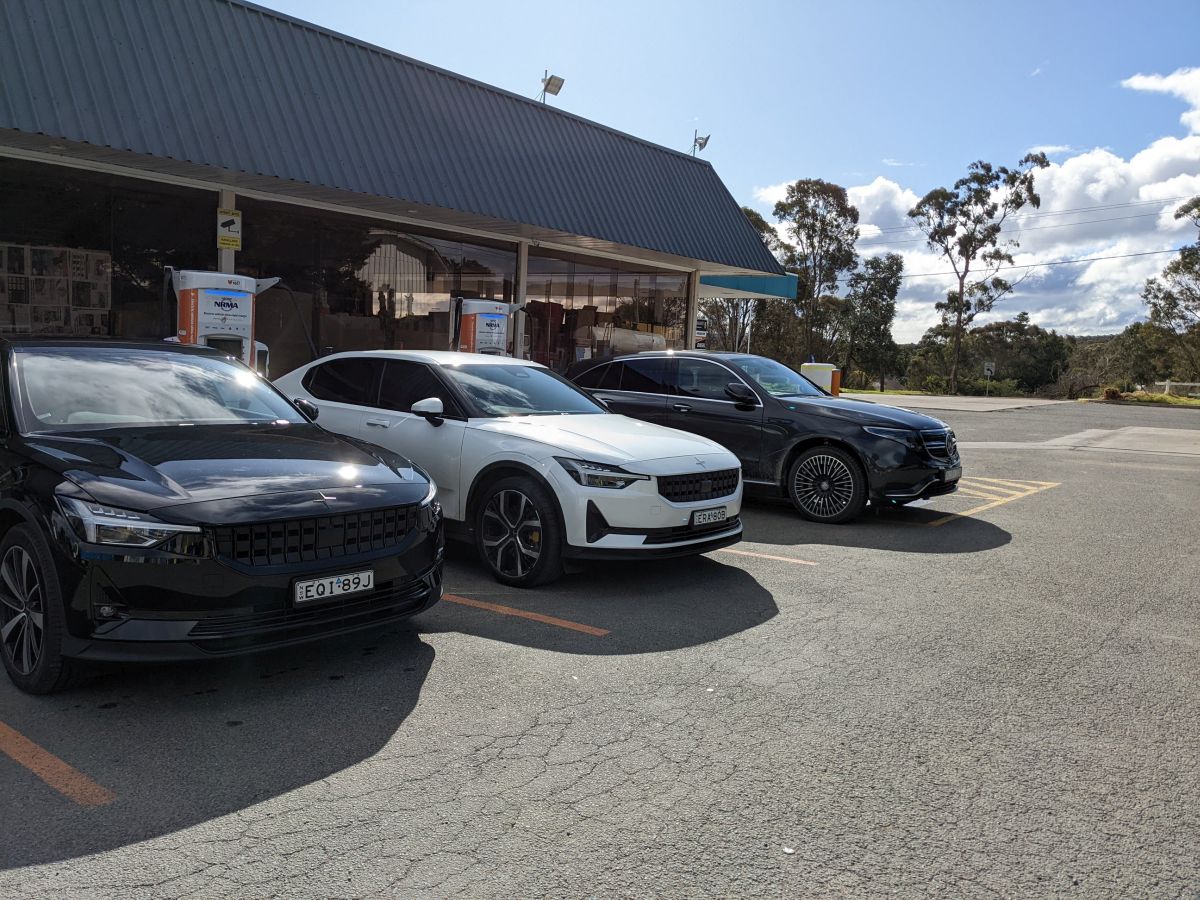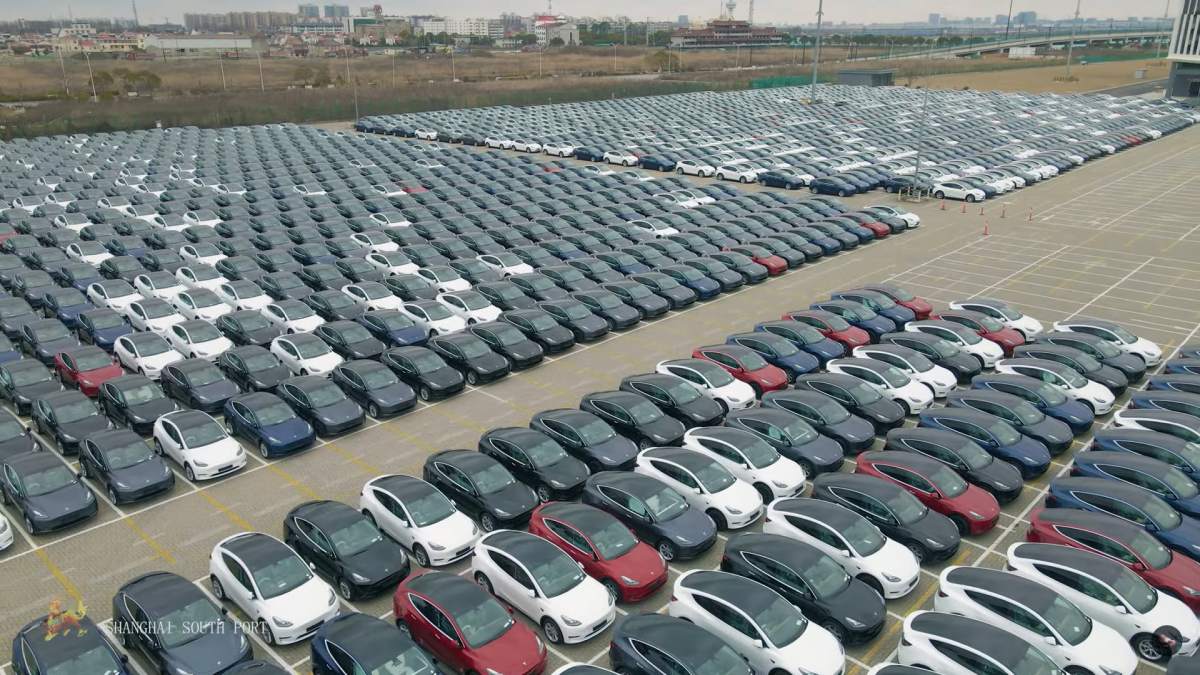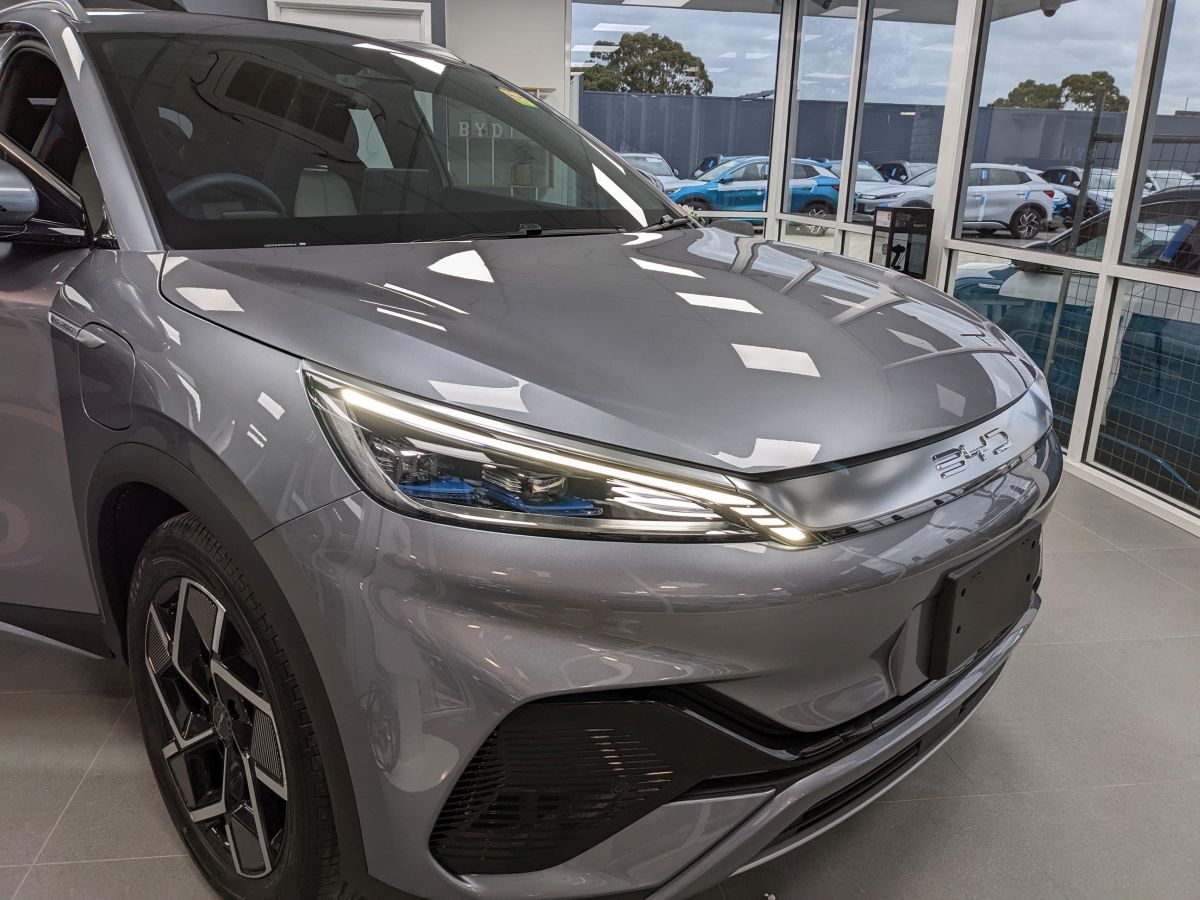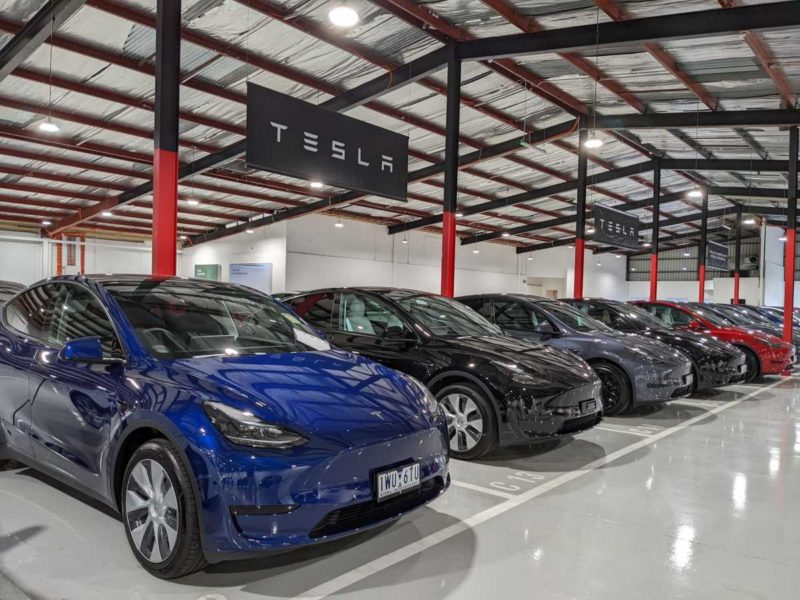Battery electric vehicles have overtaken hybrid cars for a second month in a row in Australia, and lead them for the first time on a year-to-date basis as the shifting trends in car technology and consumer choice continue to take shape.
The latest official data released by the Federal Chamber of Automotive Industries (FCAI) shows 6,612 EVs sold in Australia in the month of March – once again dominated by Tesla – and make up 6.8% of the 97,251 total new vehicle sales in Australia in the month.
The sale of mild hybrids (cars that do not need to be plugged in) totalled 5,247 for the month of March. This meant that for the first quarter of 2023, the sale of EVs overtook hybrids – 17,396 to 16,101. Just a year ago, hybrids outsold EVs three to one in Australia, although those official figures from last year did not include Tesla data at the time.
FCAI chief executive Tony Weber says it is clear that EVs are very popular, and if people can find one they can afford they will choose that over fossil fuel alternatives.
“This growth demonstrates that where Australians can afford a battery electric vehicle which suits their lifestyle, they will buy them,” Weber said.
However, he said it was important to install more charging infrastructure, and tighter “but achievable” fuel efficiency standards to accelerate the shift to EVs.
“If we want more zero and low emission vehicles on our roads, then we must provide the necessary recharging infrastructure and move to implement an ambitious yet achievable fuel efficiency standard which will encourage manufacturers to allocate more of the limited supply to Australia,” Weber added.

Weber noted that the top three best selling vehicles in March remained utes, and there were no passenger sedans in the top 10. (The Tesla Model 3 came in at number 11 in the overall new car market and was the best selling passenger vehicle at 1,640. The Tesla Model Y, a “crossover SUV”, came in at number 5 with 1,938).
“The consumer preference for utes and SUVs is an important factor to consider as we journey to a zero-emission light vehicle fleet because these vehicles are more difficult and expensive to electrify,” Weber said.
Some electric utes are now offered for sale in Australia, but most consumers are waiting for high profile models such as the Tesla Cybertruck, the Rivian, the Ford 150 Lightning, and conversions of popular models such as the Toyota Hilux and Ford Ranger.

Sales of hybrid cars – mostly offered by Japanese car makers that have largely ignored the switch to full electric – declined by nearly 30% from March last year, and are down more than 20 per cent so far this year.
Plug-in Hybrid vehicles – dominated by the Mitsubishi Outlander – saw an 33% increase in March with 569 sales compared to 427 being sold last year.
Tesla led the EV sales once again with 3,578 sales. However, unlike the previous two months of the year, the Model Y surpassed Tesla Model 3 in sales.
BYD also did quite well with 1,061 sales of the Atto 3 all-electric SUV during the month. This made it the second-best month for the brand in Australia so far.

Polestar 2 also sold over 212 vehicles during the month as the brand continues to grow in Australia and now has more stock in inventory for customers to choose from.
Hyundai’s Ioniq 5 and the newly released Ioniq 6 collectively sold 173 vehicles as the numbers continue to improve for the Korean brand.
The Driven is awaiting to hear the breakdown of the popular Hyundai Kona and MG ZS EV sales which will be updated once available.
Top-selling EVs in March 2023:
| Model | March Sales |
| Tesla Model Y | 1938 |
| Tesla Model 3 | 1640 |
| BYD ATTO 3 | 1061 |
| Polestar 2 | 212 |
| BMW iX | 114 |
| Hyundai Ioniq 5 | 112 |
| Kia EV6 | 75 |
| Mercedes-Benz EQB | 74 |
| Kona EV | 65 |
| IONIQ 6 | 61 |
| Mercedes-Benz EQE | 57 |

